I was born in Ham Tan just a few years before this place became a base during the war against the French. With a childhood early enough to be deeply haunted by the dense shade of the forest at the foot of Be Mountain of the Giao Loan base - the Vast Leaf Forest.
Every night in the darkness of the thatched house, the walls covered with wooden planks, hearing the tiger roar, I felt more and more the fragility of human life. Then gradually I got used to it when many houses of the people evacuated from the fields were built and I felt more love for nature and the warmth of neighborly love.
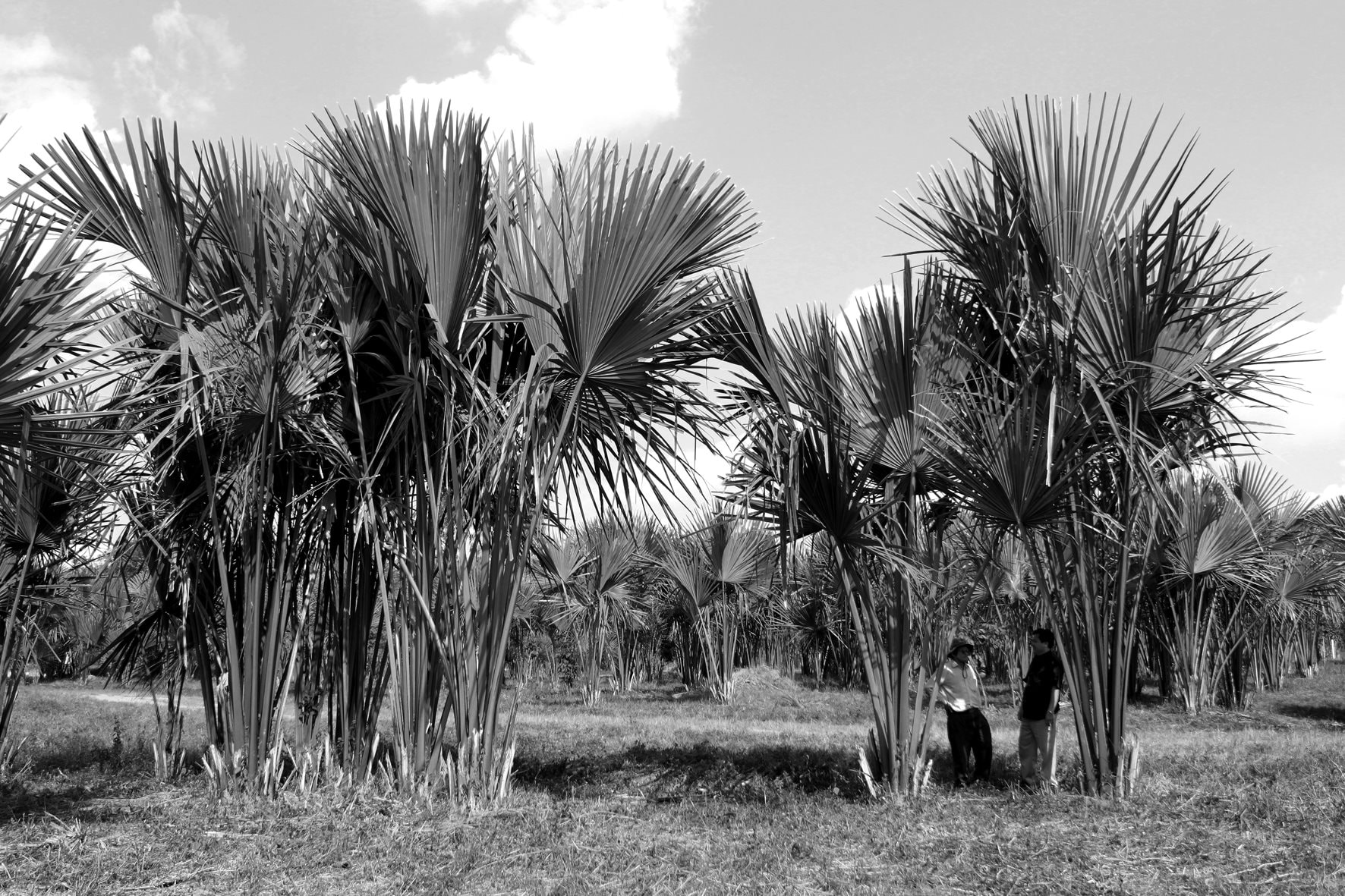
Giao Loan - the forest of palm leaves
Until now, more than half a century with many changes, it is difficult to imagine in the immense nostalgia of the old days. But under the sky of Giao Loan base in the Southeast, the image of the forest banyan tree has been deeply ingrained in my mind. Back then, my mother and sisters went to the fields to sow rice while nervously listening to the sound of Western bombers lurking in the sky. But the profession that almost chased the lives of a part of the residents all year round was weaving leaves, whittling chopsticks, weaving with young banyan branches as raw materials. The rustling sounds from the sharp pins forming leaves, the clicking sounds of weaving each sail cushion... became products that were neatly bundled and transported by buffalo cart or carried on foot to the coastal villages of Tam Tan, La Gi, Thang Hai, Binh Chau, to sell to traders or exchange for fabrics, western medicine, soap, needles and thread... in the temporarily occupied areas.
More than 70 long years ago, but still appear in my mind the scene of the deep forest at the foot of Be and May Tau mountains and on the other side of the mountain is Dong Nai - Xuyen Moc land. But still breathe the vitality of the vast resistance base area with the old name Giao Loan, stretching to Chua Chan mountain, the boundary mark of the South Central region with the Southern region.
I remember in the book Gia Dinh Thanh Thong Chi, the name of the Buong Tree in Chinese characters is as beautiful as poetry as Boi Diep Giang, because the Buong trees grow a lot, along a river in Xuan Loc, Long Khanh. The pages of Dong Nai's historical records lead me to a related heroic event. That was in 1863, the French attacked Ly Nhon base, Truong Dinh's army decided to fight to the death to break the siege, but because Huynh Cong Tan betrayed, ambushed Truong Dinh and sacrificed (August 19, 1864). Truong Quyen, Truong Dinh's son, and Phan Chinh (Phan Trung) continued their father's career, established Giao Loan base (Leaf Forest) and retreated deep into Tanh Linh, Binh Thuan to reclaim plantations and establish military food storage. Binh Tuy province from 1956 - 1975 under the Republic of Vietnam, placed this province's territory in the Southeast region, also not outside of military strategy. That shows how important this land is.
There are documents that mention the La Buong tree with its original name from Boi Diep Giang (貝 葉 江/ La Buon River), also known as Rach La Bon. The 1964 military map of the Republic of Vietnam incorrectly recorded “La Buong River, source from Da Ban stream flowing across Thong Nhat district (Dong Nai)… “The majority of residents here make a living by using La Buong leaves to weave sails, weave mats, make ropes, and cut down ships to sell, hence the name of the river”.
Remembering the hard times
Missing the quiet, quiet forest of buong leaves. The image of the forest buong tree and its daily uses from the rounded edges of the leaves to make chopsticks, to make arrows for slingshots, from the branches to make roofs, house walls... are so close in my memory. Until much later, on National Highway 1 from the intersection of Ong Don, Cam My, Suoi Cat, Base 4 (Xuan Hoa) through the villages along to Tan Minh, Tan Nghia (Ham Tan), the drying yards along the road with the pure white young buong leaves, spread out in the shape of the rising sun reminded me of an image of the spirit of the forest, the love of the land. Still using the raw material of buong leaves, after the reunification of the country in 1975, La Gi town and Ham Tan district ( Binh Thuan ) then exploited the advantage of the specialty forest product of buong leaves in the Giao Loan forest area in the Southeast region. The Tien Tien, Doan Ket, and April 19 Tan An Handicraft Cooperatives in La Gi - Ham Tan were established after the liberation in 1975, attracting tens of thousands of direct workers and even middle school students who skillfully weave each roll of bamboo mat for processing. Brands with items such as chopsticks, baskets, handbags, hats, blinds, etc. to the Eastern European market.
The legendary name of Giao Loan, Rung La, has been a part of the heroic spirit of a historical period of fighting against foreign invaders, as a proud symbol in the Southeast region. The La Buong tree stretches across the southwest of Binh Thuan, bordering the border with the places of Xuyen Moc, Loc An, Xuan Hoa, Gia Ray... Perhaps, the more distant lands still have scattered Buong trees growing, but the ancient Giao Loan land with the Southeast region in the later period still considers the Buong tree to be associated with a part of the lives of rural workers. If the Southeast region is a place where land potential, rich soil, and temperate climate converge, the place name Rung La/Giao Loan also shines brightly as a shining symbol. It is a place where patriotism and the desire for freedom converge. In 2018, Dong Nai province issued a decision to rank the historical relic of the Rung La base in Xuan Hoa commune (base 4/national highway 1), Xuan Loc district, Dong Nai province as a provincial level. There is confusion about the concept of “base” as a large area, region, or territory of the resistance forces in the war against invasion. Completely different from the names of bases 1, 2, 3, 4, 5… which were the strongholds (small posts) of the Republic of Vietnam military before 1975, guarding Highway 1 from Gia Ray - Ong Don intersection (Xuan Loc) to the territory (Ham Tan) of Binh Thuan.
Ancient Cham letters on palm leaves
According to Cham cultural heritage, there are ancient texts, prayers, and funeral orations written in agal leaves (agal bac) that were lost 5 generations ago with a crafting technique and were preserved with a mysterious and sacred character. Monks in the Cham Ma Lam (Pajai) area or Po Klaong Girai temple (Ninh Thuan) believe that the source of agal leaves is from Tanh Linh mountain area or bought from the Raglai people. The leaves chosen must be young agal leaves, dried carefully, and left for a long time without termites. The letters are written with a sharp knife tip, the tip of the pen is heated by fire. The letters are written in black ink made from lim wood sap. According to the secret technique of the Cham people, from ancient times, there was a way to use agal leaves to craft documents originating from Bali island - Indonesia. Because of the characteristics of the land and climate of some tropical regions of Southeast Asia, it is suitable for the agal tree to grow. With historical changes, the Cham people in the South Central provinces and the delta region bordering Cambodia have continued the tradition of using palm leaf texts as sacred prayer pages for worship.
The source of documents collected by Cham researchers has contributed significantly to establishing the process of local formation and promoting the cultural heritage of Vietnamese ethnic groups.
Source: https://baobinhthuan.com.vn/quanh-chuyen-rung-buong-123760.html













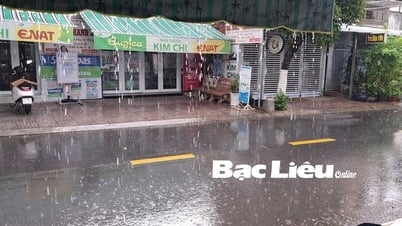
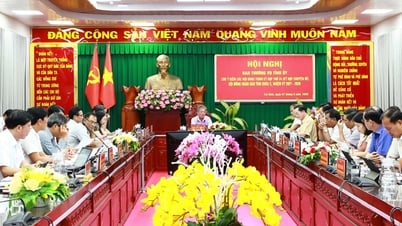




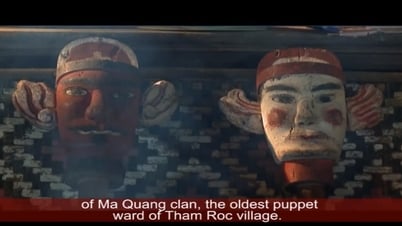



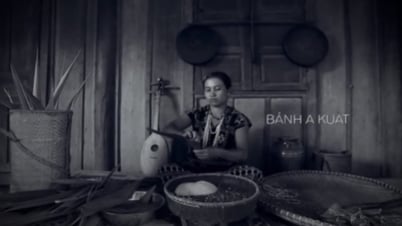


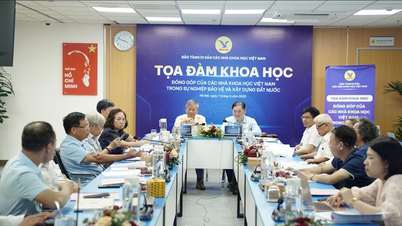


























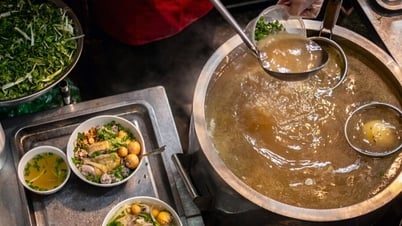

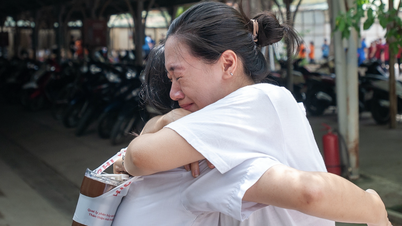












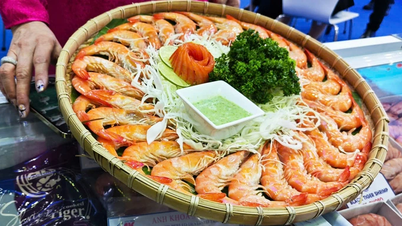

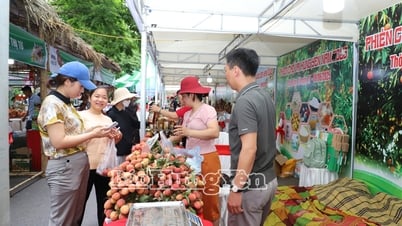













![[OCOP REVIEW] Tu Duyen Syrup - The essence of herbs from the mountains and forests of Nhu Thanh](https://vphoto.vietnam.vn/thumb/402x226/vietnam/resource/IMAGE/2025/6/5/58ca32fce4ec44039e444fbfae7e75ec)



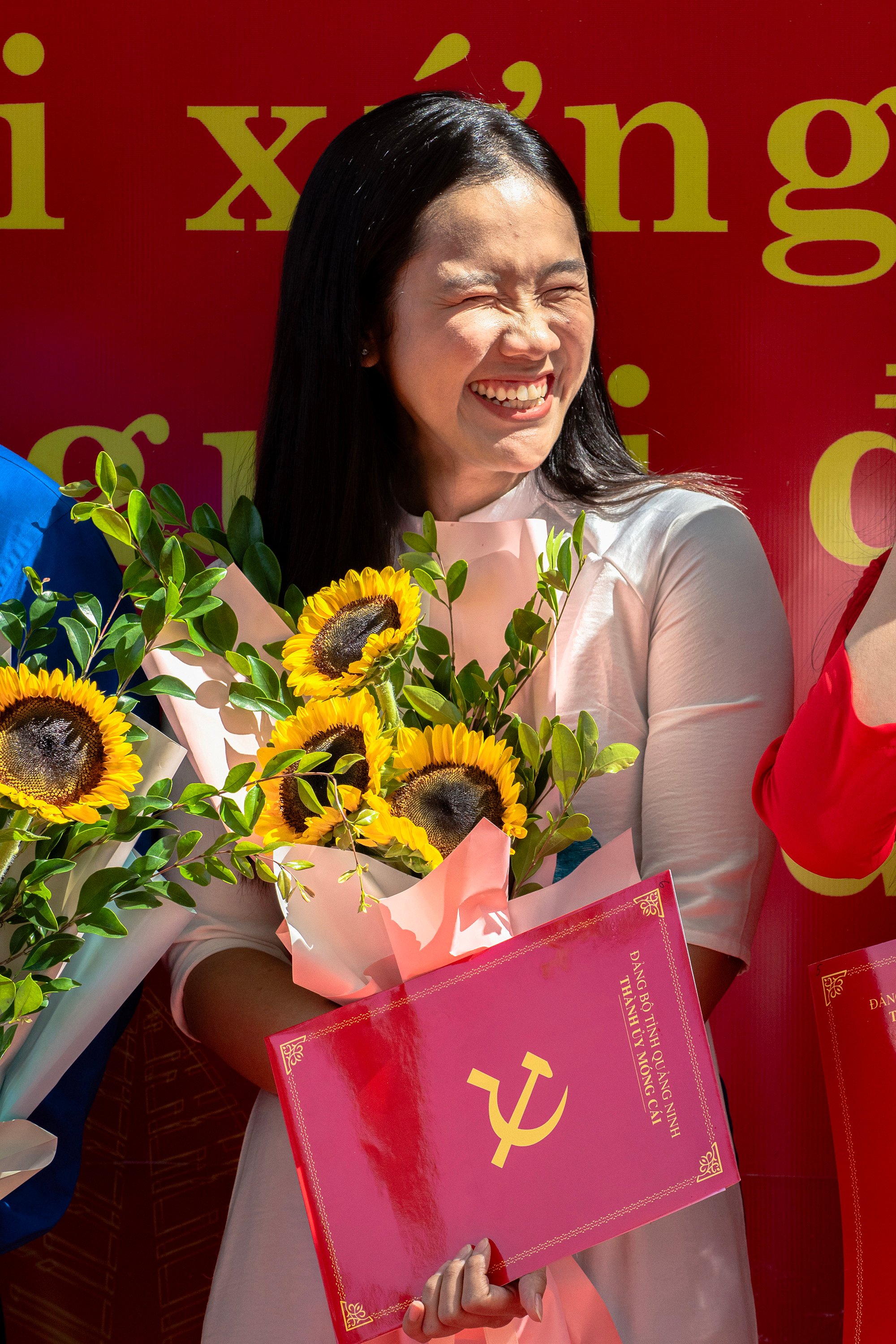
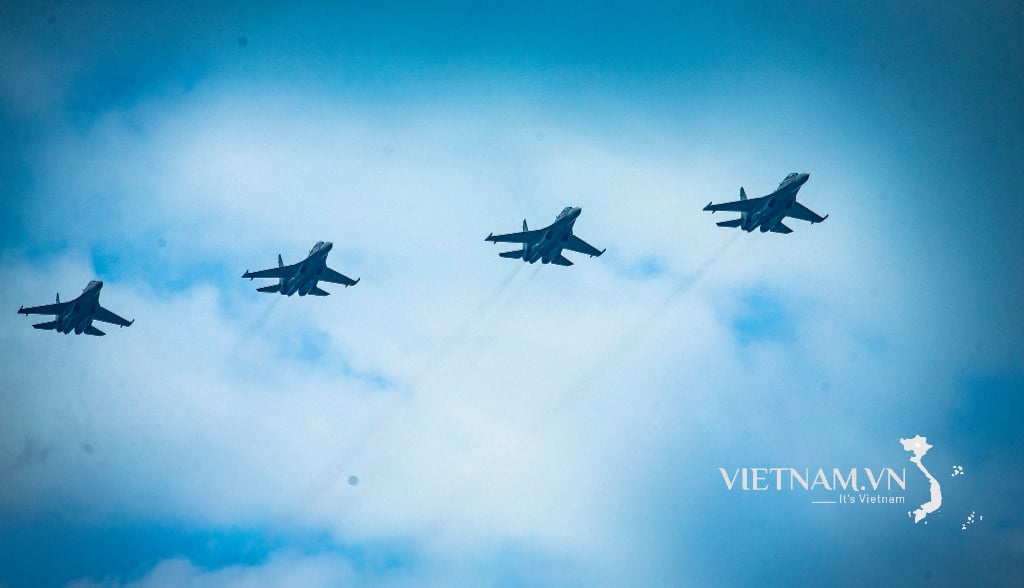
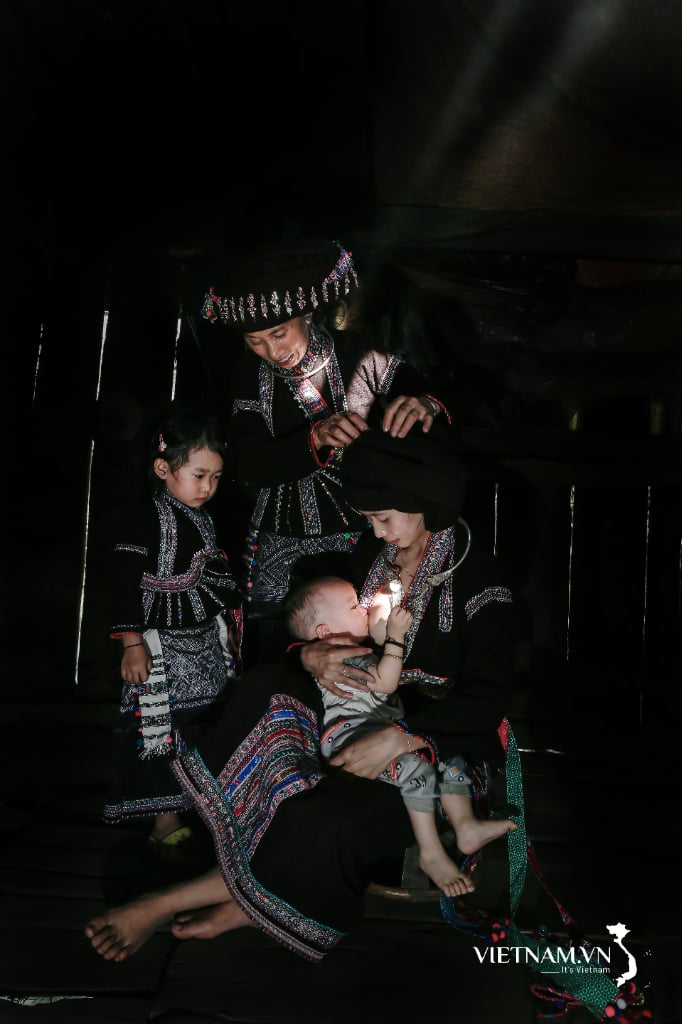

Comment (0)